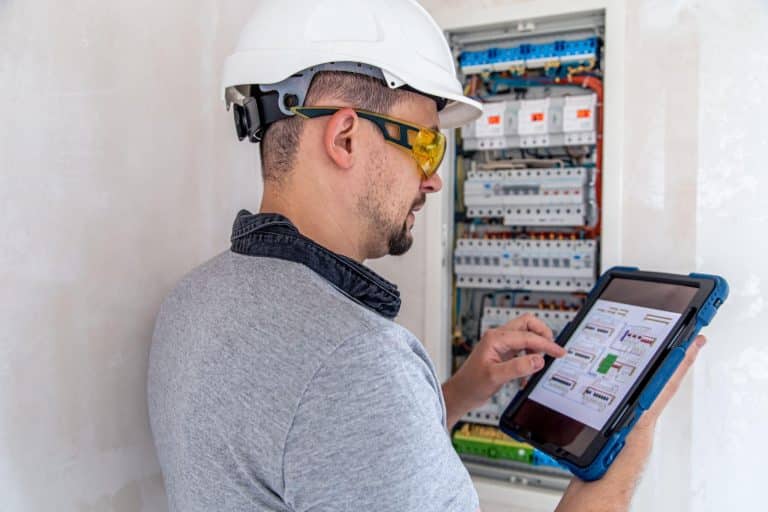Moving into a new apartment is both exciting and challenging. A fresh start offers the chance to design a home that feels truly yours, but it also raises questions about how to place furniture in ways that maximize comfort, style, and practicality.
Furniture arrangement is not just about fitting pieces into a room. It requires thoughtful planning that takes into account movement, natural light, and how each space will be used on a daily basis. By approaching the process with clear strategies, it becomes easier to turn a blank apartment into a welcoming home.
Understanding the Flow of Space
Before placing any furniture, it is important to study the layout of the apartment. Consider the natural flow of traffic between rooms and identify areas that should remain open for easy movement. Entrances, windows, and pathways should never feel blocked or cluttered.
This first step sets the foundation for all other design decisions. Instead of focusing on individual pieces, think of the apartment as a whole, where every object contributes to both comfort and functionality.
Choosing a Focal Point
Every room benefits from having a focal point, a feature that draws the eye and anchors the furniture arrangement. In a living room, the sofa often plays this role. Its placement will influence where other elements such as chairs, tables, and lighting should go.
Highlighting a sofa with accessories like rugs or slipcovers can also help create cohesion. With Ikea sofa covers, homeowners can adapt their sofas to match new interiors, ensuring the centerpiece looks stylish while staying protected.
Balancing Function and Style
The key to a well-arranged apartment is finding the balance between function and design. Furniture must serve everyday needs while also contributing to a harmonious aesthetic. In smaller apartments, this balance becomes even more important, as every item should work hard to justify its space.
Consider multifunctional furniture such as sofa beds, nesting tables, or extendable dining sets. These pieces save space while offering flexibility, allowing rooms to adapt to different occasions. Decorative touches like textiles and artwork then complete the atmosphere without overwhelming the layout.
Making the Most of Natural Light
Natural light can completely change how a space feels. Arrange furniture to take advantage of windows by keeping them unobstructed and placing seating nearby. Reading chairs or desks benefit from daylight, while sofas positioned close to windows create bright and cheerful spaces.
At the same time, balance must be maintained. Avoid placing tall or bulky items directly in front of windows, as they may block light and make rooms feel smaller. Curtains and light fabrics can complement the arrangement by softening light without reducing its effect.
Creating Zones in Open Layouts
Modern apartments often feature open-plan designs where the living, dining, and kitchen areas flow together. To avoid feeling lost in such spaces, it is helpful to create zones. Rugs, shelving, and furniture placement can define separate areas without the need for walls.
For example, a sofa facing away from the dining area can act as a natural divider. Similarly, a rug under a dining table marks the eating zone, while lighting fixtures emphasize specific functions. This approach ensures that large open rooms remain organized and inviting.
Optimizing Small Apartments
Smaller apartments require even more strategic furniture placement. Vertical storage solutions such as shelves and wall-mounted cabinets help free floor space. Compact furniture with slim profiles prevents rooms from feeling crowded.
Slipcovers also play a role here, allowing furniture to adapt to new color schemes or layouts without requiring replacement. Neutral shades can make rooms appear larger, while bold colors add personality without the need for extra decorative objects.
Practical Tips for Bedrooms
Bedrooms should combine relaxation with efficiency. Positioning the bed against a solid wall creates stability and leaves space for movement. Nightstands on either side provide convenience, while wardrobes should be placed to maximize accessibility without blocking pathways.
Mirrors can enhance the sense of space, especially in smaller bedrooms. By reflecting light, they make rooms appear brighter and more open. Choosing soft textiles for bedding and slipcovers ensures that the room feels calm and inviting.
Kitchens and Dining Areas
In apartments, kitchens and dining areas often share limited space. Furniture should be arranged to promote easy movement and functional workflows. Placing dining tables close to the kitchen makes serving food practical, while bar stools or small breakfast tables offer alternatives for casual meals.
Compact, extendable tables provide flexibility, allowing households to host guests without permanently sacrificing space. Chairs with slim designs or stackable options help maintain openness when the dining area is not in use.
Keeping Comfort a Priority
While arranging furniture, it is easy to focus too much on style and forget about comfort. Yet the most successful homes balance both. Sofas and chairs must feel inviting, with textiles and cushions that encourage relaxation.
Slipcovers add to this comfort by making maintenance easier. Washable fabrics reduce stress over spills and stains, ensuring that families can enjoy their spaces without constant worry about upkeep.
Common Mistakes to Avoid
Several mistakes are common when arranging furniture in a new apartment:
- Pushing all furniture against the walls, which often makes rooms feel less cozy.
- Ignoring scale, leading to oversized furniture overwhelming smaller rooms.
- Blocking pathways or windows, which disrupts natural flow and light.
- Overloading spaces with too many decorative items, creating clutter instead of style.
Avoiding these errors helps keep interiors balanced, open, and practical.
Conclusion
Arranging furniture in a new apartment is an opportunity to shape a space that reflects both comfort and style. By understanding the flow of rooms, choosing focal points, and using strategies like zoning, homeowners can create layouts that feel natural and inviting.
Sofas often play a central role in this process, and with options like IKEA sofa covers, they can adapt to new interiors with ease. Combined with thoughtful choices in color, lighting, and accessories, slipcovers help turn functional furniture into stylish anchors of the home.
In the end, successful furniture arrangement is not about following rigid rules but about creating a home that feels harmonious and personal. With careful planning and practical tips, every new apartment can become a comfortable and inspiring living space.













